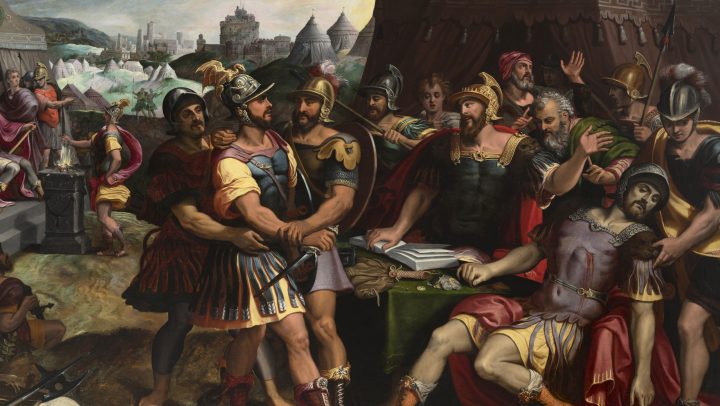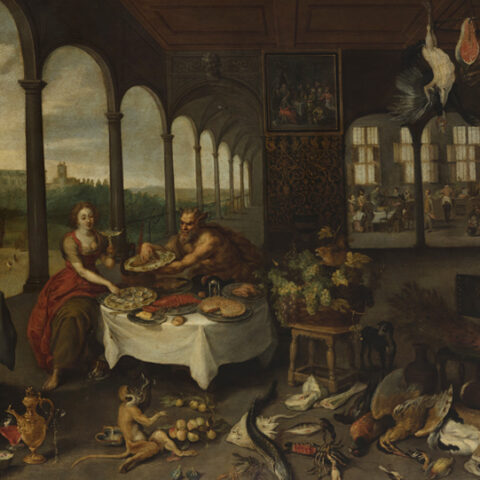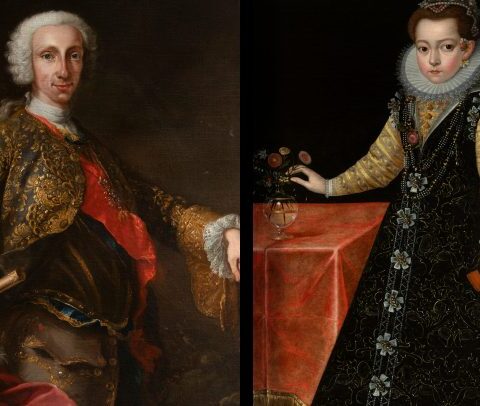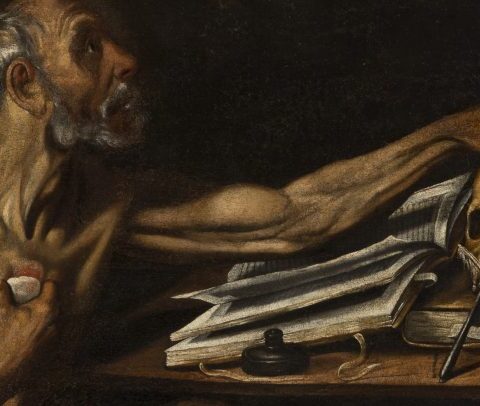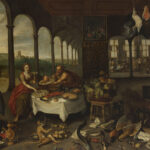The paradigm shift that took place from the 15th to the 17th century with the emergence of the Renaissance found in Italy the center of reference par excellence. It was then that the rest of the European countries began to introduce the innovations coming from the transalpine country.
In order to understand the idiosyncrasy of this artistic period, we cannot avoid the decisive imprint left on European culture by its own classical past, palpable both in the medieval cities and in the spirit of patronage of the Church and the aristocracy.
In this sense, the splendor that the arts and humanities experienced during the Renaissance is largely due to the role of great patrons, such as the Medici in Florence, the D’Este family in Ferrara, the Sforza in Milan, the Gonzaga in Mantua, or the Popes Julius II and Leo X, who promoted and financed most of the magnificent artistic projects that were developed at that time.
This successful model initiated by the Italian Courts of the 15th century will become, logically, the model that the rest of the European Courts will later establish and amplify. In this way, the stay of Italian artists in these courts or, on the contrary, the presence of French, Spanish or German artists in the Italian courts, will favor and dynamize the contact and exchanges between both “worlds”.
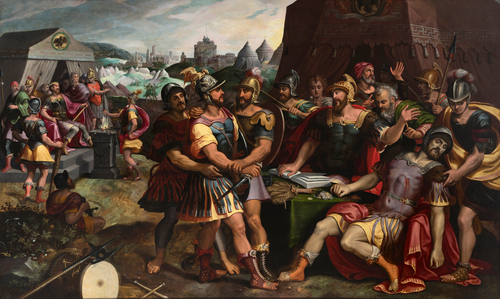
The mannerism of Fontainebleau
In this aspect, the case of France is paradigmatic, whose court adopted the most classical style of the Italian Renaissance by the will of the iron monarchy that ruled with an iron fist. The tensions that arose between different powers during the first decades of the 16th century favored the growing relevance of art, which then reflected the immeasurable propagandistic power it could deploy.
Success in battle or economic prosperity was disseminated and exalted through an artistic production that, under the monarch Francis I, lived a glorious period.
It was then that, at the king’s request, some of the most brilliant scholars of their time arrived at the French court, such as Leonardo Da Vinci, Rosso Fiorentino, Andrea del Sarto and Luca Penni, who were partly responsible for establishing the principles of the Renaissance in France. The epicenter of all this great plan would be located in the residence of Fontainebleu whose palace, as in the case of Versailles, would serve to captivate and surprise allies, enemies and subjects, as another instrument of royal power.
As we have noted above, classical antiquity served as a pretext to give prestige and support to the new dynasties, rescuing, through art, the ancient forms and narratives with which, as in the case of “Muccio Escevola before King Porsenna”, they resort to the glorious past to extol the French monarch through the association with the figure of the hero (Muccio is compared to King Francis and the tyrant Porsenna to the Emperor Charles V).
Aesthetically, the work follows the characteristic features of the First School of Fontainbleau, whose aesthetic refinement, compositional complexity and use of chromatism denote the influence exerted by Italian Mannerism in shaping the art that developed in France under the rule of Francis I.
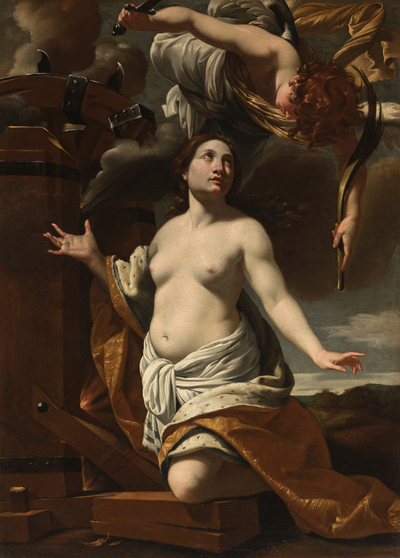
Vouet’s Baroque
One of the key figures of the French Baroque is undoubtedly Simon Vouet. Thanks to his stay in Italy and the deep knowledge he acquired in relation to its different schools, Vouet was able to bring together and incorporate into his work both the aesthetic line of Bolognese classicism and the theatricality and Roman and Neapolitan tenebrism.
In the case of the present work, both currents are evident, with special interest in the tenebrist style, whose dramatic charge is intensified here thanks to the accentuated light contrasts.
The religious theme is treated with a high degree of realism in terms of its verisimilitude, however, the gestures and the foreshortening of the angel lead us, as is typical of this theme, to a higher plane. The martyrdom of St. Catherine reflects a well-studied composition where her figure occupies all the protagonism. The radiance of the nude, as well as the intensity of her gaze, provokes in the viewer a direct emotion that reaffirms us in her spiritual nature. The success of this model and of its Roman period is evidenced by the existence of a replica of this painting, the version in the Musée des Beaux-Arts in Strasbourg.
The two paintings that are part of the exhibition and auction, entitled “Old Masters” (October 17, 2023) mark two milestones in the history of French art, as both perfectly combine the importance of Italian influences as a starting point to give birth to an art with its own identity.

